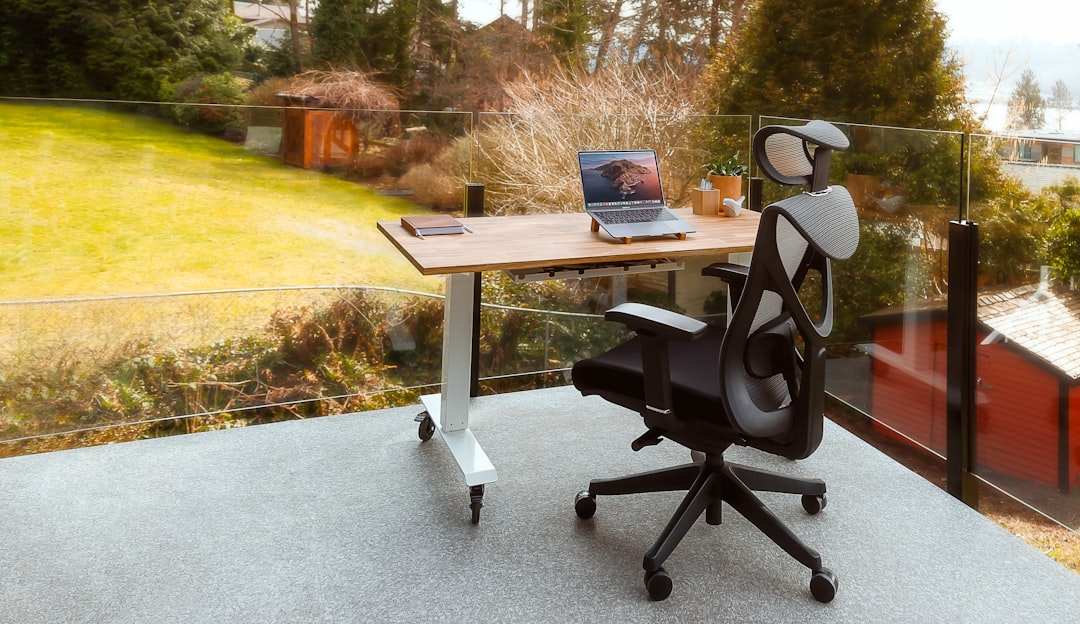Remote work has become an integral part of our professional lives, and the right technology can make or break your daily productivity. Whether you’re a freelancer, a full-time remote employee, or a business owner running virtual teams, having the best gadgets for your remote work setup is no longer optional—it’s essential. In a sea of tech options, selecting the right tools requires a thoughtful approach to ensure reliability, efficiency, and comfort throughout your workday.
Understanding Your Needs and Work Environment
The first step in choosing the best gadgets for your remote workspace is to assess your work style, job responsibilities, and physical environment. Every professional has unique needs—your setup should reflect that.
- Type of work: Are you a writer, software developer, designer, or project manager? Each profession demands specific tools and devices.
- Duration of work: Consider how many hours per day or week you will be working remotely. Long hours may necessitate advanced ergonomic accessories.
- Space limitations: Is your workspace a full home office, a shared room, or a temporary desk at the kitchen table?
- Mobility: Do you travel frequently or prefer a fixed workstation? Portability can dramatically affect your gadget choices.
Core Devices for Optimal Productivity
These are the foundation of your remote work setup—they need to be reliable, robust, and compatible with your workflow.
Laptop or Desktop Computer
Your primary computing device should be selected based on speed, processing power, screen size, and portability. For most professionals, a high-performance laptop offers the best balance.
- Windows, macOS, or Linux? Choose based on your preferred ecosystem or the software you’ll be using daily.
- Processor: Look for at least an Intel Core i5 or AMD Ryzen 5 processor for multitasking performance.
- RAM: Minimum 8GB for basic tasks; opt for 16GB or more for creative or development work.
- Display: A high-resolution screen (at least Full HD) with accurate colors is vital, especially for designers and video editors.
Monitor
If you’re using a laptop, a secondary monitor can significantly improve productivity. Choose a monitor with an IPS panel for better color accuracy and wider viewing angles.
Key factors include:
- Size: 24”–32” are ideal for multitasking
- Resolution: 1080p minimum; 1440p or 4K for detailed work
- Adjustability: Height and tilt adjustments help reduce strain

Keyboard and Mouse
Your input devices affect both comfort and efficiency. An ergonomic keyboard and a responsive mouse are essential for long hours of use.
- Mechanical vs. membrane keyboards: Mechanical versions provide tactile feedback and durability, while membrane keyboards are quieter and softer on the fingers.
- Ergonomics: Choose a split or curved keyboard if you experience wrist pain.
- Mouse: A wireless ergonomic mouse reduces desk clutter and minimizes repetitive strain injury.
Audio and Video Communication Tools
Effective communication is the backbone of remote work. Investing in quality audio and video gear ensures professionalism during meetings and presentations.
Webcam
Don’t rely on built-in laptop cameras. External webcams often offer full HD/4K resolution, better lighting compensation, and noise reduction.
- Look for models with autofocus and low-light correction for clear images.
- Ensure compatibility with major video conferencing platforms like Zoom, Microsoft Teams, or Google Meet.
Microphone or Headset
Clear audio is crucial. While built-in mics work in a pinch, an external microphone or high-quality headset will significantly improve sound clarity.
- USB condenser microphones: These offer studio-quality sound and are plug-and-play.
- Noise-cancelling headsets: Ideal for reducing ambient noise in shared or busy environments.

Connectivity and Power-Management Devices
Having the right accessories to power and connect your devices keeps your workflow seamless and uninterrupted.
Docking Stations and USB Hubs
These let you connect multiple peripherals—monitors, USB drives, keyboards—without plugging and unplugging cables constantly.
- Thunderbolt 3/4 or USB-C docks offer faster data transfer rates and more power.
- Check for sufficient HDMI, Ethernet, USB-A, and SD card ports based on your needs.
Uninterruptible Power Supply (UPS)
For those in areas with unstable power, a UPS ensures that power interruptions don’t cause data loss or hardware corruption.
- Look for a model with automatic voltage regulation (AVR) and software that can auto-save and shut down your computer during outages.
High-Speed Internet and Router
A stable connection is non-negotiable. Invest in a high-performance router with good coverage and speed to support video calls, file uploads, and streaming services.
- Wi-Fi 6 routers offer better speeds and capacity for modern remote work demands.
- Mesh Wi-Fi systems can help eliminate dead zones in larger homes.
Ergonomic and Environmental Enhancements
Your comfort plays a significant role in long-term productivity and health. Ergonomic furniture and environmental improvements can reduce fatigue and improve focus.
Ergonomic Chair and Desk
A good office chair and adjustable desk can dramatically reduce risk of back or neck pain.
- Chair: Look for lumbar support, adjustable armrests, and breathable material.
- Desk: Consider a sit-stand adjustable desk to alternate between sitting and standing during the day.
Monitor Stand or Arm
Improve posture and save desk space by mounting your monitor at eye level with a stand or articulated arm mount.

Lighting
Proper lighting contributes to productivity while reducing eye strain. Avoid overhead fluorescent lights and consider:
- Desk lamps: LED lamps with adjustable brightness and temperature settings
- Natural light: Position your desk near windows if possible
Final Thoughts: Prioritize Quality and Integration
Choosing the right gadgets for a remote work setup isn’t just about convenience—it’s about optimizing your professional capabilities from home. As new technologies emerge, it’s easy to get overwhelmed by shiny new releases. Approach each decision with long-term value in mind. Ask yourself:
- Will this gadget improve my productivity or comfort?
- Does it integrate well with my existing tools and software?
- Is it durable and backed by good customer support?
By focusing on quality, reliability, and ergonomics, you not only build a high-performing remote work environment but also invest in your health and professional growth. Carefully curated gadgets act as a quiet support system throughout your workdays—seamlessly allowing you to perform, communicate, and collaborate at your best.
